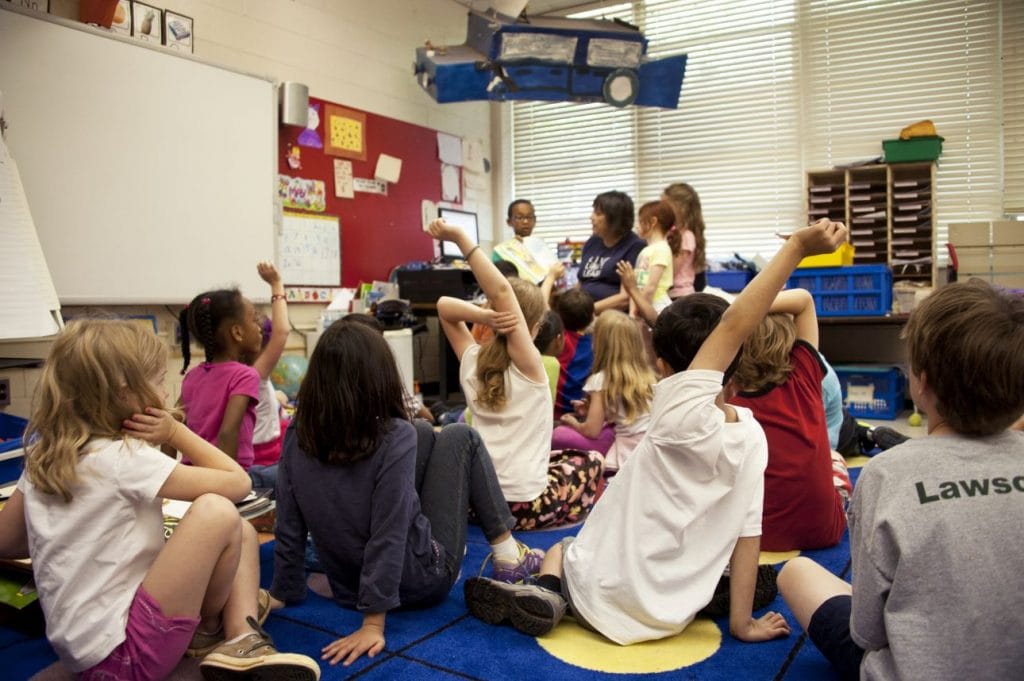Routines are repeated processes applied to everyday actions that help schools run smoothly. Routines create predictability and consistency. Even during tricky transitions, routines support smooth transitions. Smooth transitions are just one area of classroom management that benefit from routines.
Time savers: Practiced routines can prevent off-task moments, protecting learning and relationship building time.
Thought savers: Repeated routines can develop automaticity of tasks so students have brain space to focus on more complex and interesting things, like relationships and learning. When certain tasks become automatic, they can even become mindful meditations.
Guide Posts: Familiar routines can signal the start of other expected behaviors. Even during remote learning, getting students out of pj’s before the first class or playing music during solo work sessions can alert students to changes in expectations for engagement.
From a trauma-informed perspective, routines create classroom consistency, so students who may feel anxious or hypervigilant can relax into learning in the comfort of the familiar and predictable.
This sense of safety provides students with a sense of control and disarms the fight, flight, freeze response so that executive functioning systems are turned on and students can access focus, memory, and learning.
RISE educators looked at these key areas and applied new routines to save time and promote prosocial behaviors:
- Many educators offer a “soft landing” complete with a picture, music and a question or quote for reflection. These are often related to the academic and social emotional curriculum, so that students can gather in the virtual classroom for the first 3 minutes with a low-stakes, multi-modal entrance to learning.
- One high school teacher created a routine for returning Chrome books that saved 4 minutes every class period.
Several elementary teachers established a closing circle so that each day ends with positive “shout-outs”, where staff and students go around the circle (or virtual grid) to share what they notice and appreciated during the learning day.


